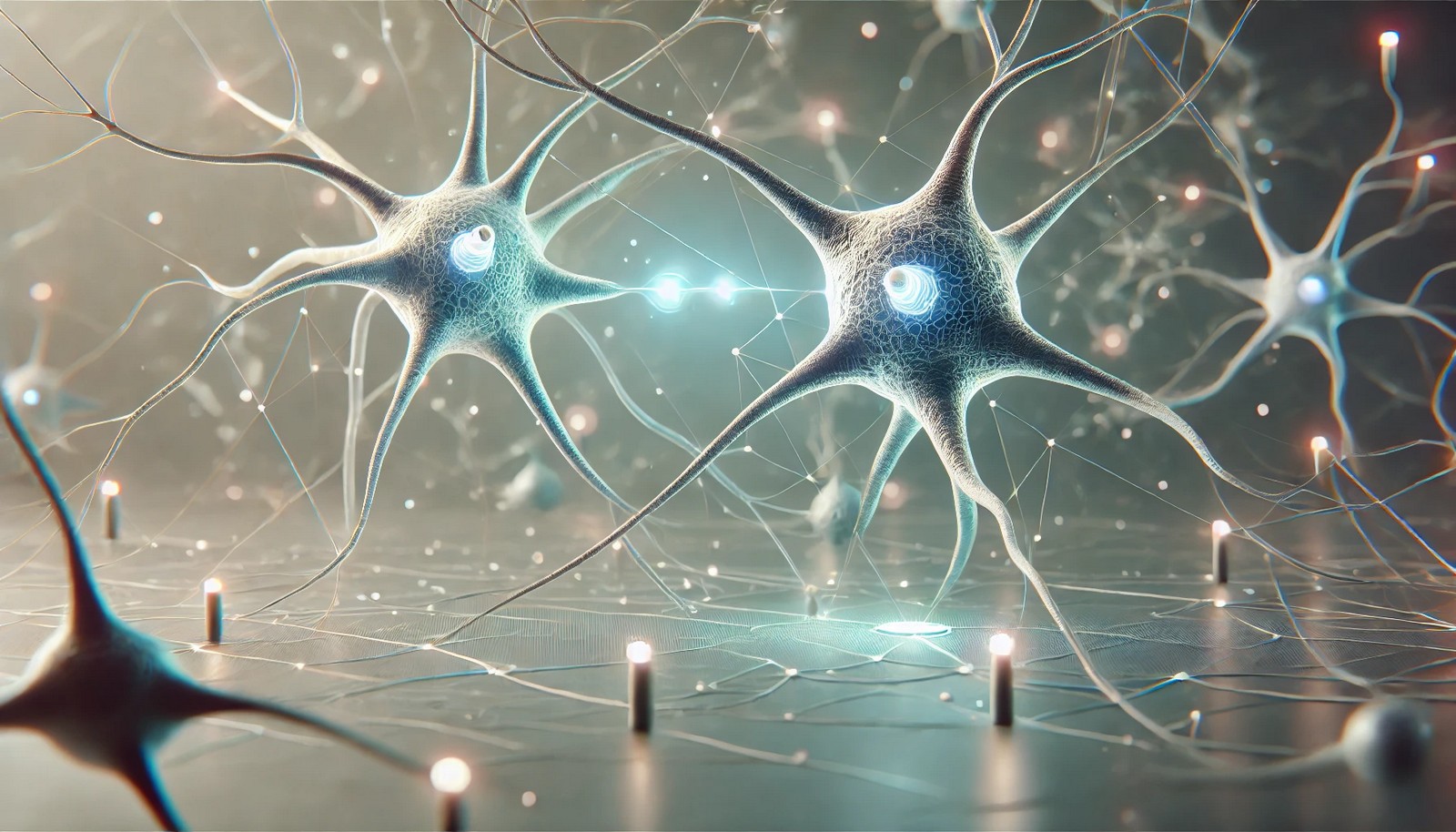Hebbian Learning

Quick Navigation:
- Hebbian Learning Definition
- Hebbian Learning Explained Easy
- Hebbian Learning Origin
- Hebbian Learning Etymology
- Hebbian Learning Usage Trends
- Hebbian Learning Usage
- Hebbian Learning Examples in Context
- Hebbian Learning FAQ
- Hebbian Learning Related Words
Hebbian Learning Definition
Hebbian learning is a theory in neuroscience and artificial intelligence that suggests synaptic connections between neurons strengthen when the neurons are repeatedly activated together. This principle, commonly summarized as "neurons that fire together, wire together," implies that learning and memory are encoded through changes in synaptic strength. In AI, Hebbian learning serves as a basis for unsupervised learning algorithms, impacting neural network design, self-organization, and adaptation.
Hebbian Learning Explained Easy
Think of two friends who start talking every day. Over time, they become closer because of all the time they spend together. Hebbian learning is similar: when two neurons in the brain communicate often, their connection becomes stronger, just like the bond between friends.
Hebbian Learning Origin
The concept of Hebbian learning originated from the work of Canadian psychologist Donald Hebb in 1949, who proposed that learning occurs in the brain by strengthening connections between neurons that frequently activate together.
Hebbian Learning Etymology
The term “Hebbian” comes from Donald Hebb, whose pioneering research in psychology laid the foundation for understanding how neuron connections in the brain might support learning and memory.
Hebbian Learning Usage Trends
In recent years, Hebbian learning has been increasingly explored in both neuroscience and artificial intelligence research. Its principles are applied in developing unsupervised learning methods and adaptive neural networks, especially in fields where learning patterns without labeled data is crucial, like sensory processing and robotics.
Hebbian Learning Usage
- Formal/Technical Tagging:
- Neuroscience
- Unsupervised Learning
- Neural Networks - Typical Collocations:
- "Hebbian synapse"
- "Hebbian theory"
- "learning rule in neural networks"
- "Hebbian learning mechanism"
Hebbian Learning Examples in Context
- Hebbian learning is observed in biological neurons, where repeated activation leads to stronger synaptic connections.
- Many artificial neural networks use Hebbian-like rules for adapting weights between nodes.
- Hebbian learning rules are applied in models that aim to simulate sensory processing, like visual pattern recognition.
Hebbian Learning FAQ
- What is Hebbian learning?
Hebbian learning is a theory that describes how connections between neurons strengthen with repeated activation, helping to encode learning. - How does Hebbian learning work in the brain?
When two neurons frequently activate together, their synaptic connection becomes stronger, making it easier for them to fire together in the future. - Who proposed Hebbian learning?
Donald Hebb, a Canadian psychologist, introduced this learning theory in 1949. - Is Hebbian learning used in artificial intelligence?
Yes, it is often applied in designing adaptive neural networks and unsupervised learning models. - What is the key idea of Hebbian learning?
The principle "neurons that fire together, wire together" summarizes Hebbian learning. - How does Hebbian learning relate to synaptic plasticity?
Hebbian learning describes one form of synaptic plasticity, where synapse strength changes with repeated activity. - Is Hebbian learning the same as backpropagation?
No, Hebbian learning is unsupervised, while backpropagation is a supervised method in artificial neural networks. - Can Hebbian learning explain memory?
It is believed to play a role in memory formation by reinforcing frequently activated neuron connections. - Are there limitations to Hebbian learning?
It can lead to runaway strengthening of connections, so additional rules are needed to stabilize networks. - Is Hebbian learning applied in modern neural networks?
Yes, especially in networks designed for unsupervised learning and sensory processing.
Hebbian Learning Related Words
- Categories/Topics:
- Neuroscience
- Artificial Intelligence
- Neural Networks
Did you know?
Hebbian learning has inspired many modern AI algorithms that adapt to data without needing explicit instructions. For example, some robotic vision systems utilize Hebbian-like principles to adapt to new environments, enhancing autonomy in real-world applications.
PicDictionary.com is an online dictionary in pictures. If you have questions or suggestions, please reach out to us on WhatsApp or Twitter.Authors | Arjun Vishnu | @ArjunAndVishnu

I am Vishnu. I like AI, Linux, Single Board Computers, and Cloud Computing. I create the web & video content, and I also write for popular websites.
My younger brother, Arjun handles image & video editing. Together, we run a YouTube Channel that's focused on reviewing gadgets and explaining technology.



Comments powered by CComment